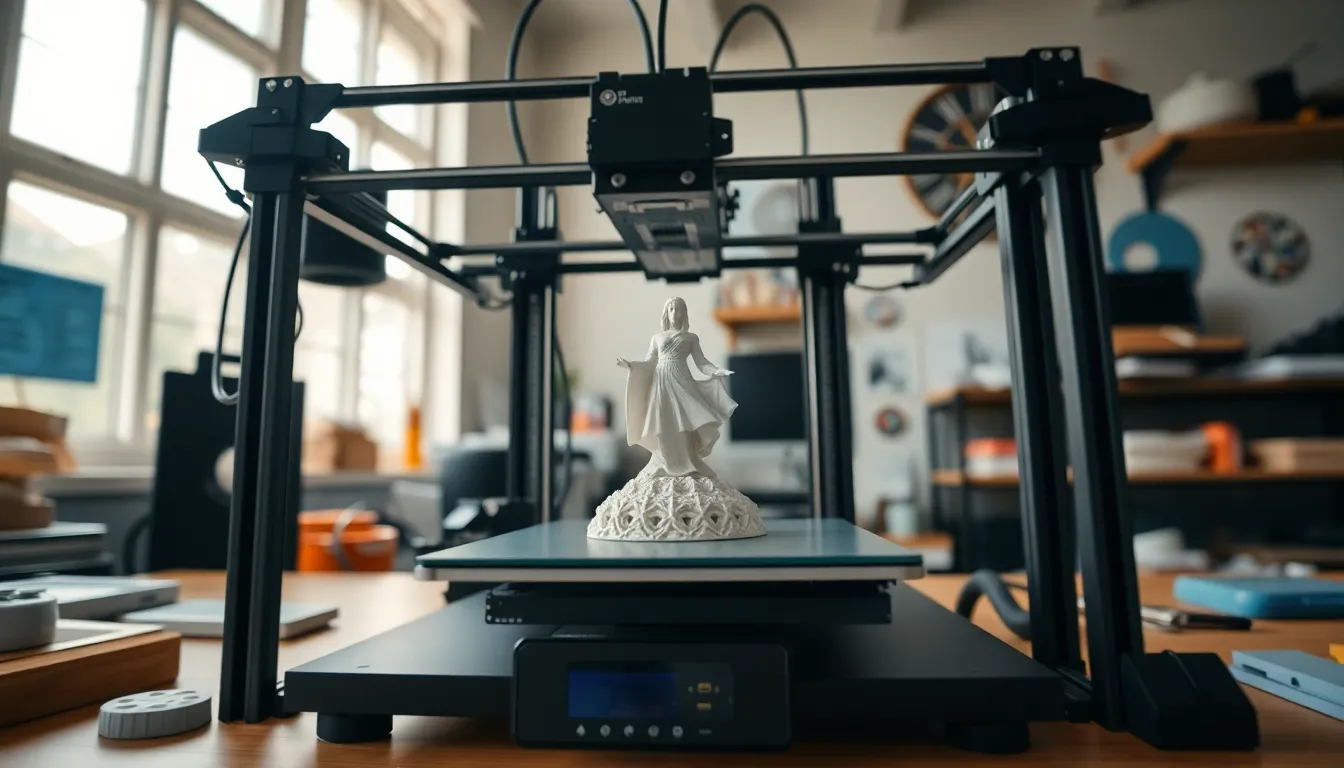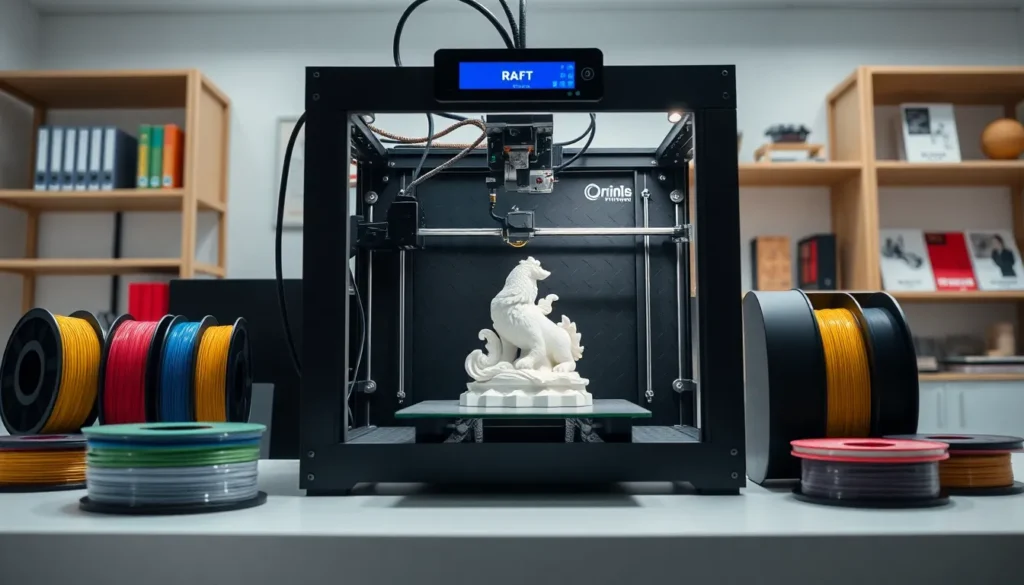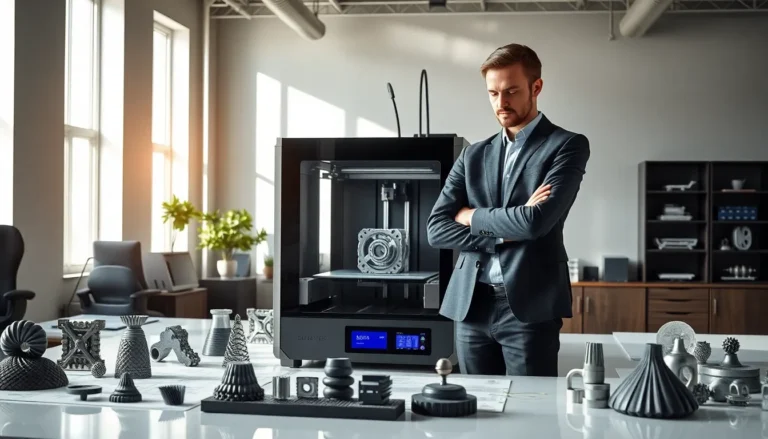Table of Contents
ToggleIn the colorful world of 3D printing, one term stands out among the myriad of options available: the raft. But what exactly is this mysterious raft? Is it a life-saving device in case your printer capsizes? Not quite. This essential feature is all about enhancing your printing experience. Whether you’re a newbie eager to jump into the 3D printing realm or a seasoned pro looking to refine your prints, understanding rafts is vital to achieving high-quality results. So, let’s set sail on this journey to uncover the secrets behind rafts in 3D printing.
Understanding Rafts: A Key Component

In the simplest terms, a raft in 3D printing is a structure that sits beneath your printed model. Think of it as a sturdy launch pad. It consists of a series of horizontal layers printed before the actual object is created. Essentially, rafts serve as a foundation that supports the entire model, particularly during printing. This is especially useful for prints with small bases, like figurines or intricate designs that might struggle to stick to the print bed on their own.
No one wants to start a print only to see it struggle mid-way through because it couldn’t adhere properly. Enter rafts. They create a larger surface area for adhesion, ensuring a better grip on the print bed. The function? To provide stability and prevent warping, ensuring that your masterpiece doesn’t end up as a failed sculptural mess. So, if you want smoother prints, understanding the basics of a raft is the first step.
How Rafts Work in 3D Printing
Imagine you’re constructing a house. Without a solid foundation, your beautiful abode might just crumble, right? Rafts work in a similar way. When a printer starts its job, it first lays down a raft composed of several layers. This raft is made from the same filament as the object itself, ensuring compatibility.
Benefits of Using Rafts
Using rafts in 3D printing offers multiple benefits that can improve print quality and reliability:
Enhanced Adhesion
A raft provides a larger surface area for the print, which helps prevent it from lifting off the print bed during the printing process.
Warping Prevention
Certain materials, like ABS, tend to warp as they cool. A raft can mitigate this issue, keeping prints flat and in place.
Support for Complex Geometry
For models with intricate details or small feet, rafts ensure that every delicate feature is properly supported throughout the printing process.
Easy to Remove
Although they provide excellent support, rafts are also relatively easy to remove after printing. Giving prints a clean finish is a huge bonus.
Drawbacks of Rafts in 3D Printing
While rafts offer many advantages, they aren’t without their drawbacks:
Increased Material Usage
Using a raft means utilizing more filament than if you printed directly on the bed. For budget-conscious creators, this might be an issue.
Post-Processing Time
After printing, removing the raft can take additional time and effort, especially if it’s adhered strongly to the model.
Texture on the Bottom of the Print
The surface where the raft was removed often has a different texture compared to the rest of the model, which might not be desirable for certain finishes.
When to Use a Raft
Whether or not to use a raft depends on various factors:
Material Type
Some materials benefit greatly from rafts, especially those prone to warping like ABS. For other materials, like PLA, the need diminishes.
Model Geometry
Complex models often require rafts as a precautionary measure. If your model contains intricate parts or a small base, employing a raft is a wise choice.
Printing Environment
Humidity and temperature can affect print adhesion. In unfavorable conditions, using a raft can offer that extra layer of support to avoid misprints.
Alternative Adhesion Methods
If rafts don’t seem to be the solution for you, fear not: alternative methods exist:
Brims
A brim adds a few layers around the model’s base instead of underneath it, providing more adhesion while using less filament.
Skirts
A skirt is a single layer printed around your model before the actual print starts. It helps prime the nozzle and ensure consistent filament flow, though it doesn’t provide structural support.
Adhesive Solutions
Using adhesives like glue, hairspray, or blue tape can significantly improve adhesion without the need for a raft. These methods can be particularly effective for certain materials without adding bulk.




